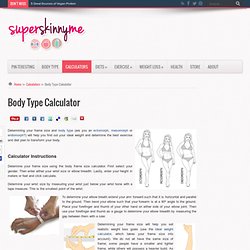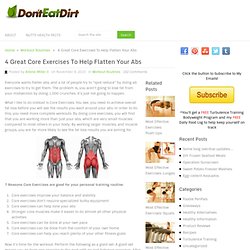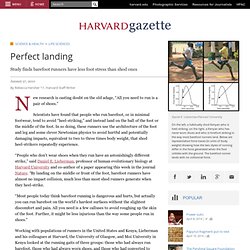

Positional Release Self Care for Soreness and Other Pains. Massage TodayFebruary, 2012, Vol. 12, Issue 02 By Leon Chaitow, ND, DO If your patients are anything like mine, they will report to you that there is commonly a degree of discomfort, soreness or stiffness a day or so following manual treatment no matter how gentle or appropriate that treatment might have been.

As a result, I offer advice regarding home care of such problems, and I tend to repeat a mantra to most patients who have received treatment for musculoskeletal problems as they depart. I ask them to largely ignore any soreness they might feel the next day. I tell them that it is perfectly normal for there to be an adaptive reaction/response to treatment for a day or so of their knee, neck, or whatever focal point of distress brought them to see me and that it will probably not be until around 48 hours later that they will know whether today's treatment was helpful.
How common are short-term adverse effects following manual therapy? Self-Care Options Positional Release PRT/SCS Exercise. Lauramustloseweight. Nothing Is Impossible. Getting Fit. I'm going to do it right this time. Calculate Your Body Type. Determining your frame size and body type (are you an ectomorph, mesomorph or endomorph?)

Will help you find out your ideal weight and determine the best exercise and diet plan to transform your body. Calculator Instructions Determine your frame size using the body frame size calculator. First select your gender. Then enter either your wrist size or elbow breadth. Determine your wrist size by measuring your wrist just below your wrist bone with a tape measure. To determine your elbow breath extend your arm forward such that it is horizontal and parallel to the ground. Determining your frame size will help you set realistic weight loss goals (use the ideal weight calculator, which takes your frame size into account). Rating scales such as the body mass index, do not take the size of your frame into account, which means that is lacks accuracy in determining whether or not you fall within a healthy weight range. 4 Great Core Exercises To Help Flatten Your Abs & Don't Eat Dirt.
Everyone wants flatter abs, and a lot of people try to “spot reduce” by doing ab exercises to try to get them.

The problem is, you aren’t going to lose fat from your midsection by doing 1,000 crunches. It’s just not going to happen. What I like to do instead is Core Exercises. You see, you need to achieve overall fat loss before you will see the results you want around your abs. In order to do this, you need more complete workouts. 7 Reasons Core Exercises are good for your personal training routine: Core exercises improve your balance and stabilityCore exercises don’t require specialized bulky equipmentCore exercises can help tone your absStronger core muscles make it easier to do almost all other physical activitiesCore exercises can be done at your own paceCore exercises can be done from the comfort of your own homeCore exercises can help you reach plenty of your other fitness goals Now it’s time for the workout.
Breathe freely and deeply during each exercise. Like this: Like Loading... Stretching. Perfect landing. Daniel E.

Lieberman/Harvard University On the left, a habitually shod Kenyan who is heel-striking; on the right, a Kenyan who has never worn shoes and who is forefoot striking in the way most barefoot runners land. Below are representative force traces (in units of body weight) showing how the two styles of running differ in the force generated when the foot collides with the ground. The barefoot runner lands with no collisional force. New research is casting doubt on the old adage, “All you need to run is a pair of shoes.” Scientists have found that people who run barefoot, or in minimal footwear, tend to avoid “heel-striking,” and instead land on the ball of the foot or the middle of the foot. “People who don’t wear shoes when they run have an astonishingly different strike,” said Daniel E. “Most people today think barefoot running is dangerous and hurts, but actually you can run barefoot on the world’s hardest surfaces without the slightest discomfort and pain.
Running Barefoot: Home.